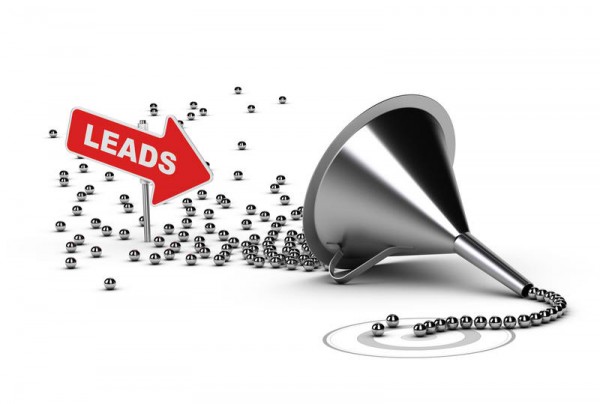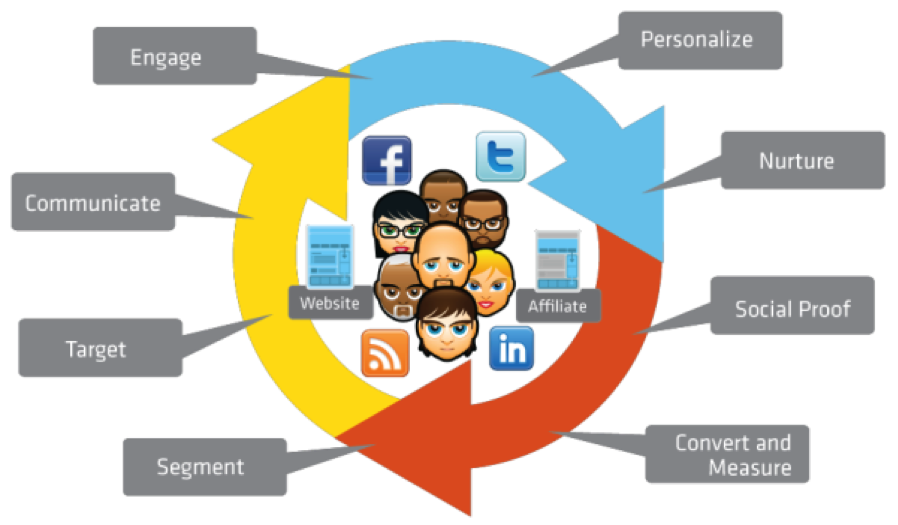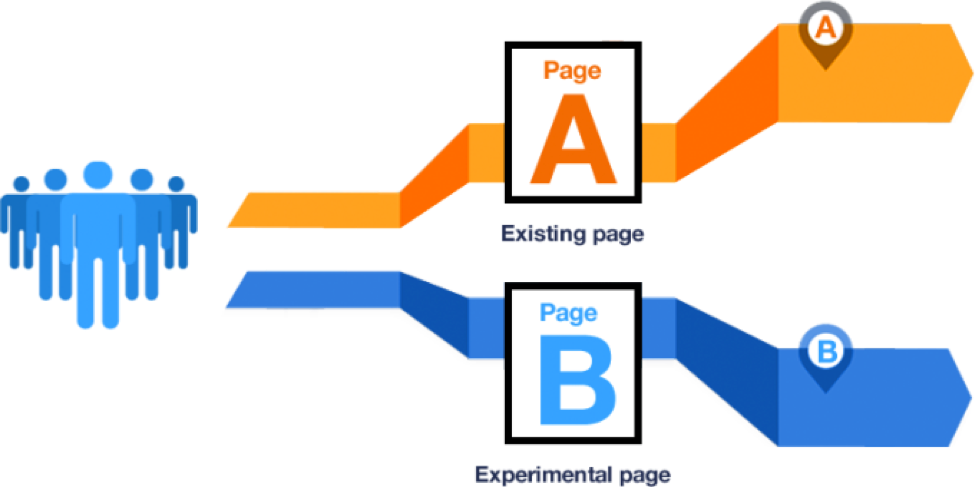15 Myths About Lead Generation That You Probably Believe
There’s a photo that’s been circulating on Facebook for quite some time. It depicts a monkey carrying a small dog, and the accompanying story tells a tale of true heroism. Shortly after a factory explosion in China, the monkey grabbed the pup, and the two escaped a gruesome fate. The photo also reminds readers to be compassionate. After all, if a monkey can do it, why can’t we? It’s truly a heart-warming story, but it’s also completely false.
 The photo’s been on the internet for almost a decade now, each time with a slightly different caption. The monkey has now managed to save the dog in at least three different countries, and under different circumstances each time. The image has been debunked, and if you look closely, you’ll see his tether strap that serves as proof that he’s still wearing his harness. Despite this, people still share the photo, believing it to be factual.
The photo’s been on the internet for almost a decade now, each time with a slightly different caption. The monkey has now managed to save the dog in at least three different countries, and under different circumstances each time. The image has been debunked, and if you look closely, you’ll see his tether strap that serves as proof that he’s still wearing his harness. Despite this, people still share the photo, believing it to be factual.
The same thing happens with marketing information. If you’re a small-business owner, you’ve likely come across some things that seem plausible, and have shared or tried to implement them. While sharing a photo of a monkey may not cause harm, believing these myths about lead generation can kill your marketing efforts.
- It’s not possible to know the effectiveness of your lead generation strategy.
There are dozens, if not hundreds, of tools that will help you track different campaigns. Hubspot, one of the better-known ones, will allow you to score your leads, so you know which ones are most-likely to convert. There are also free tools, like Google Analytics, that will let you track events, so it’s easy to tell which of your generators is working.
- People are ready to hear from your company as soon as they opt-in.
Sometimes it takes a little while for people to digest information that you’ve given them. If they opted in by requesting an ebook or other literature, they may need a day or two to read it.
- Every lead needs nurturing before the individual will take action.
As rare as it is, some people come to your site ready to take action. This might be true if someone referred them, or if they’ve heard about your business or niche somewhere else. For example, if someone wanted to buy bacon jam (Apparently that’s a real thing. Thank you, Google auto-fill), they could look it up and see a list of retailers. Aside from the curiosity-seekers brought in by Google auto-fill, it’s quite likely that a large portion of people who look for it are primed and ready to buy. They may sign up for a newsletter while on the site, hoping for a discount code, but they’ll probably make a purchase regardless, because the site has what they came for.
- You need to generate a lot of leads to have a successful campaign.
It’s not really about the leads at all, nor is it about the individual conversions. For instance, you may be giving away a product that’s totally free, in order to create a loyal consumer base.
- Landing pages are unnecessary.
The more choices you give a consumer, the harder it is for him to decide which action to take. Landing pages clear the clutter, and enable you to hone in on what each consumer wants, to increase chances of conversion. Around 48% of marketers create one every time they make a new marketing campaign.
- You can’t ask people a lot of questions when they opt-in.
Generally speaking, personal questions scare people off, and sometimes they’ll also leave if the list of questions is too long. There are two easy ways to get around it. You can offer them something big, that will make them feel like it’s worthwhile to opt-in right away, or you can feed them snippets of the opt-in form a little at a time.
- There’s no need to keep testing once you’ve found a solid lead-magnet.
No matter how great you are, you can always do better. Keep running A/B tests to find ways to improve.
- Creating buyer personas is a waste of time.
When you create a buyer persona, you create a fictional individual who is likely to use your product or service, and you market to him. Since customers come to you for different reasons, marketing to individual consumers enables you to refine your strategy for greater conversions.
- People who come to your website are looking for you.
If you operate a local business, people are likely searching for a provider of a product or service in their area, and they happen upon you. It’s up to you to convince them to take action once they’re on your site.
- It’s impossible to compete against large companies within the same niche.
People choose local businesses for all sorts of reasons, but if you’re trying to compete with large corporations, consider using an analytical tool that will enable you to compare your stats against your competitors.
For example, Ora provides a free tool that lets you do this. FYI, the example here happens to be a small business, that is beating the pants off two national brands for website quality, but lacks in social engagement. It’s clear this business needs to beef up its social media presence to be able to compete better.
- You should delete an entire company from your list because you were told an individual wasn’t interested.
Usually, there’s an entire team of people who make buying decisions. It’s ok to pursue different leads within the same company.
- A request to receive info in an outdated form (like fax or snail-mail) is a polite brush-off.
Some people just like to have paper in their hands, or they want to receive a personal touch. Whenever you’re able to comply, do so.
- Once a lead has made a purchase, you don’t need to worry about nurturing them anymore.
As the old saying goes, it’s much easier to keep a customer than it is to obtain a new one. Find ways to keep your leads warm and toasty. Loyalty programs, special sales, and other targeted marketing work wonders.
- Lead scoring is a useless gimmick offered by automation companies.
Hubspot was specifically mentioned earlier for providing this service, but there are numerous others who provide a similar service, and you can find them easily by running a search online. You’ll spend less time warming people up and get more conversions, if you can reach them when they’re ready. Rating your leads by readiness lets you do this more easily.
- If the cost per lead is too high, the campaign is worthless.
The value of your lead really depends on your niche and strategy. Expensive leads in industries where you’ll get repeat customers or stand to make a substantial amount on each sale are worth more.
Hopefully this will help clear up some of the misconceptions out there regarding lead generation. Incorporate what you can into your strategies, and you’ll start to see more results. Also, now’s a good time to remove that monkey from your Facebook page if you haven’t already, and get on to important things… like generating leads and buying bacon jam.







Leave A Comment